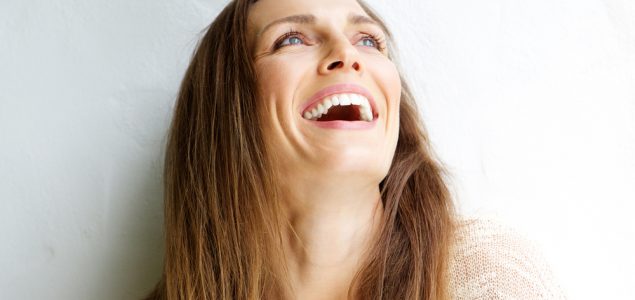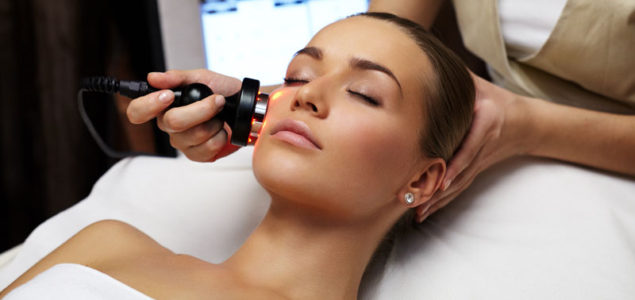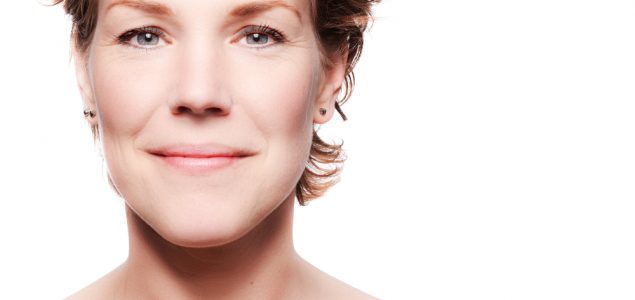 You don’t need to be “old” to have age spots. While these dark spots do tend to sprout up as you get older, if you spent lots of time in the sun, they can reveal themselves much earlier. Age spots can make you feel self-conscious, but thankfully, there’s much you can do to get rid of them.
You don’t need to be “old” to have age spots. While these dark spots do tend to sprout up as you get older, if you spent lots of time in the sun, they can reveal themselves much earlier. Age spots can make you feel self-conscious, but thankfully, there’s much you can do to get rid of them.
Age spots are a result of the body producing excess melanin. Melanin is the pigment that gives skin its color. When the skin is exposed to sunlight, the body produces extra melanin to protect the skin from the sun’s ultraviolet (UV) rays. The more melanin produced, the darker the skin becomes. Age spots appear when excess melanin in the skin becomes clumped together.
Where Age Spots Appear
Age spots usually appear in areas of skin that are commonly exposed to the sun, including the:
- face
- backs of the hands
- shoulders
- back
- arms
- tops of the feet
Age spots can develop singly or in clusters. They vary in size and may range from 0.2–2.0 centimeters in diameter. Age spots tend to form in people aged 40 and over, though they can also develop in younger people who frequently get sunburns or use tanning beds.
Our Age Spot Treatments
We offer a number of different treatment types of age and liver spots that might be right for you including:
Intense Pulsed Light Therapy
IPL is a photorejuvination treatment that focuses primarily on irregular pigmentation, sun damage, and discolouration or brown spots on the surface of the skin or face. A broad spectrum of light is transmitted through a small, smooth, transparent handpiece which is gently placed over the skin. Cut-off filters in the handpiece change the wavelength range allowing it to be optimized for different applications and skin types.
 The light penetrates the tissue and is absorbed by either the blood when treating vascular lesions or the melanin when treating pigmented lesions damaging them. The body’s natural processes then remove the injured tissue giving the skin a more even and youthful appearance.
The light penetrates the tissue and is absorbed by either the blood when treating vascular lesions or the melanin when treating pigmented lesions damaging them. The body’s natural processes then remove the injured tissue giving the skin a more even and youthful appearance.
You’ll need to have a few follow-up treatments but you should see those age spots fade away in the next few weeks or months.
Microdermabrasion
Think of this treatment as being like sandpaper to the surface of your skin. The procedure at our state of the art Edmonton clinic polishes the skin and removes dead skin cells which are then vacuumed up into a filter. The skin is left soft and supple while stimulating the regeneration of new thicker firmer skin.
Our Microdermabrasion procedures are most effective when they are performed as a series of treatments. However, even one treatment can make a huge difference in skin texture and appearance. It provides a full resurfacing effect, so your skin appears younger-looking, softer and more luminous.
Chemical Peel
A chemical peel is a skin treatment which is used to improve and smooth out the surface of the facial skin. A chemical solution is used to remove top layers of skin which allows the dead surface skin to peel off. The peeling process leads to new skin growth which is usually smoother, healthier and less wrinkled compared to the old skin.
With all of these treatments, it’s important to keep out of the sun. After you’ve healed, you must take proper care of your skin when you go outdoors or you’ll wind up with more age spots. Use broad spectrum UVA and UVB sunscreen with an SPF of 30 to 50, even on days you’re not spending sitting by the pool or luxuriating on the beach to keep yourself protected.
Want to know which of these treatments for age spots is right for you? Come in for a consultation and we’ll let you know! You can book using the form below.

 Age spots – the flat spots of brown, gray, or black that show up on your skin, typically as you age – go by
Age spots – the flat spots of brown, gray, or black that show up on your skin, typically as you age – go by 
